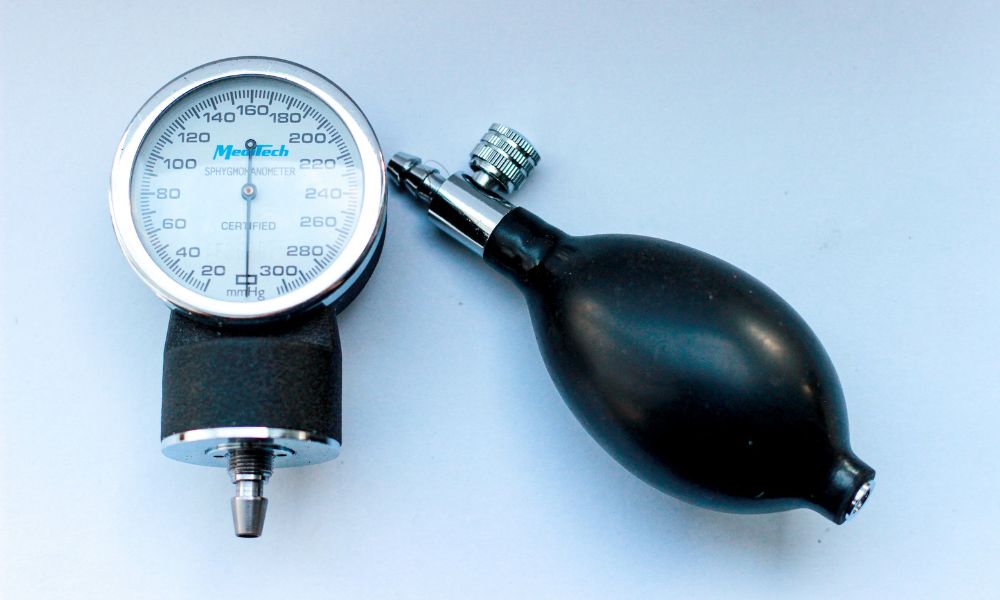In the ever-evolving world of medical technology, precision and accuracy are paramount. One innovative solution that’s gained traction in recent years is air gaging. This method helps measure and ensure the highest levels of quality control for all kinds of devices, especially those in the medical field. In this article, we will explore how air gaging products get used within the medical industry as well as how they benefit it.
A Brief Overview
Air gaging is a noncontact measuring method that uses compressed air to determine the dimensions of a given part or component. This technique relies on the principle that the flow of air changes according to the distance between a nozzle and a target surface.
By measuring these changes, air gaging instruments can provide highly accurate and reliable measurements. This level of precision makes air gaging extremely valuable in a variety of industries, and its applications in the medical industry are no exception.
Medical Device Manufacturing
One of the most significant applications of how air gages are used in the medical industry can be found in medical device manufacturing. In this field, air gaging offers unparalleled efficiency and accuracy for measuring complex components and assemblies with tight tolerances. This noncontact method, which does not put any physical pressure on the components, helps prevent damage and avoids contamination during the production process.
Typical applications of air gaging in medical device manufacturing include:
- Measuring the diameter, concentricity, and ovality of hypodermic needles
- Checking the inner and outer dimensions of catheters
- Inspecting stents for consistency and conformance to specifications
- Gauging the dimensions of prosthetics and orthopedic implants
Pharmaceutical Industry
Another important aspect of air gage use in this industry is within the pharmaceutical field. In pharmaceutical manufacturing, ensuring the consistency and uniformity of dosages is crucial to patient safety and maintaining regulatory compliance. Air gaging instruments play a central role in maintaining these stringent standards, as they can quickly and accurately check parameters such as tablet thickness, diameter, and weight in large volumes.
Additionally, air gaging can be employed to verify the dimensions of pharmaceutical container closures, such as bottle caps and vial stoppers. This is essential for maintaining the quality and sterility of the medication contained within, as any discrepancy in these measurements can affect the stability and efficacy of the drug product.
Biomedical Research
Finally, in the realm of biomedical research, air gaging is utilized to obtain precise measurements of delicate and intricate structures, such as organs, tissues, and cells. This is particularly useful in studies focusing on the bioengineering of artificial organs and cell structures. Utilizing noncontact air gaging technology, scientists can measure thickness, porosity, and other parameters without disturbing the delicate nature of these biological samples.
Moreover, air gaging technology can be adapted to perform in-depth evaluations of critical instrumentation, such as micropipettes and syringe pumps, which are essential tools for conducting accurate and consistent research. By ensuring the optimal performance of these instruments, air gaging helps maintain the highest level of quality assurance in the biomedical research environment.

